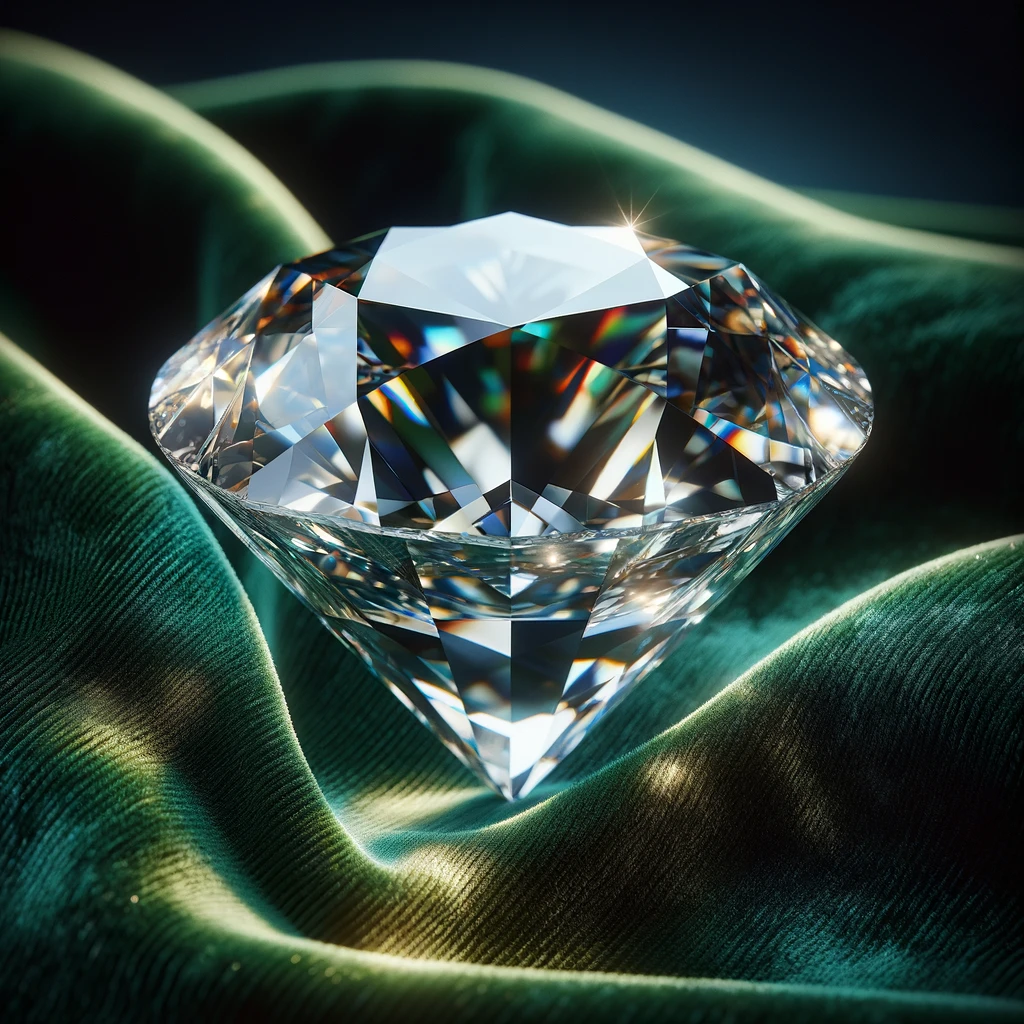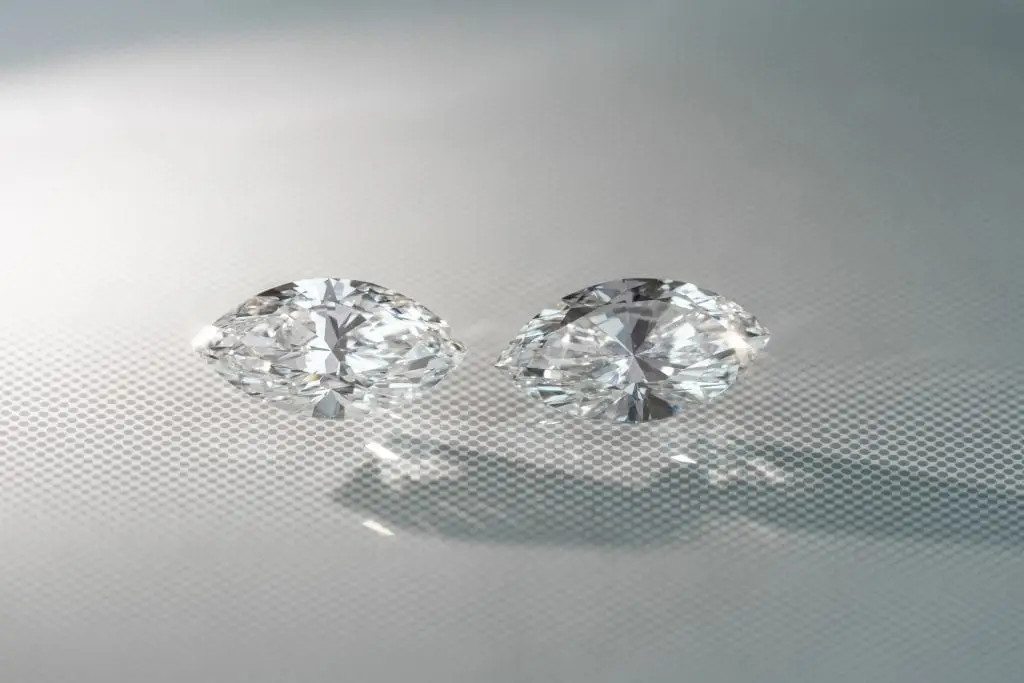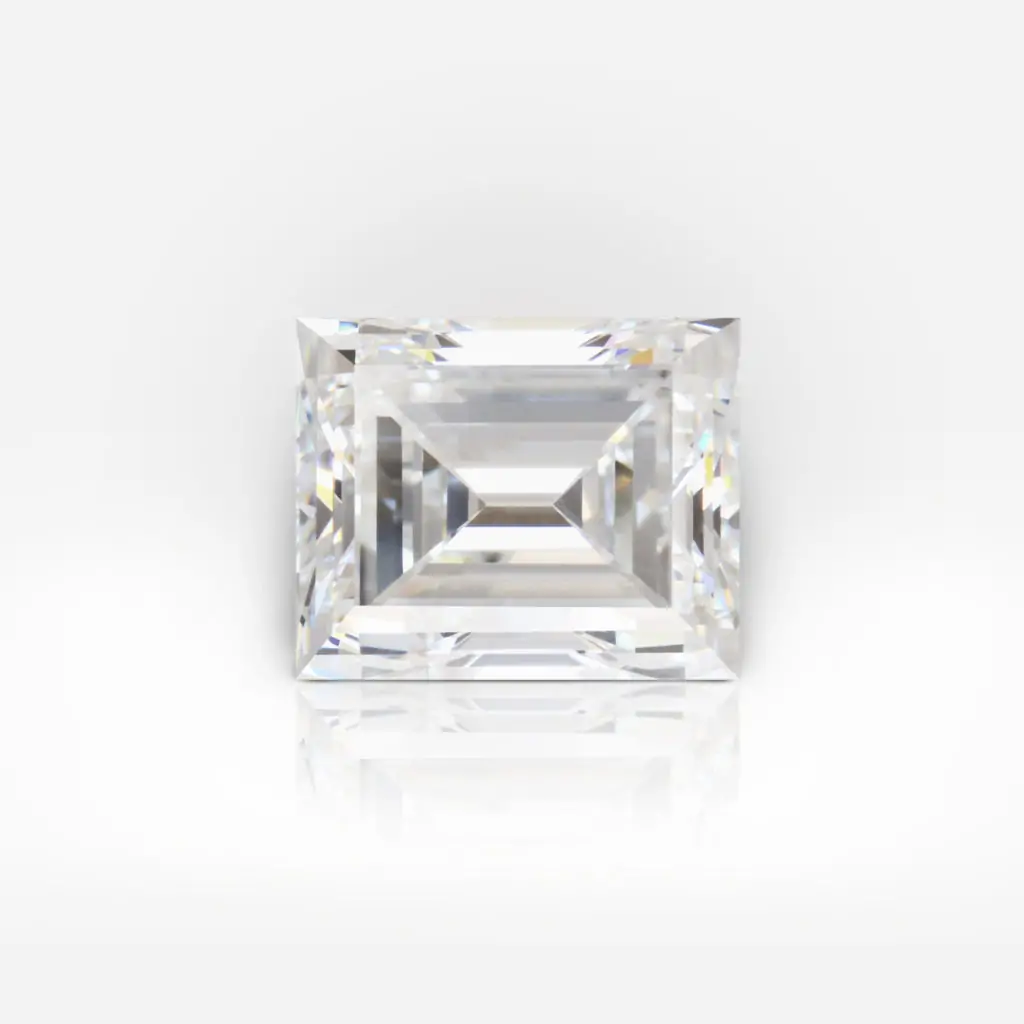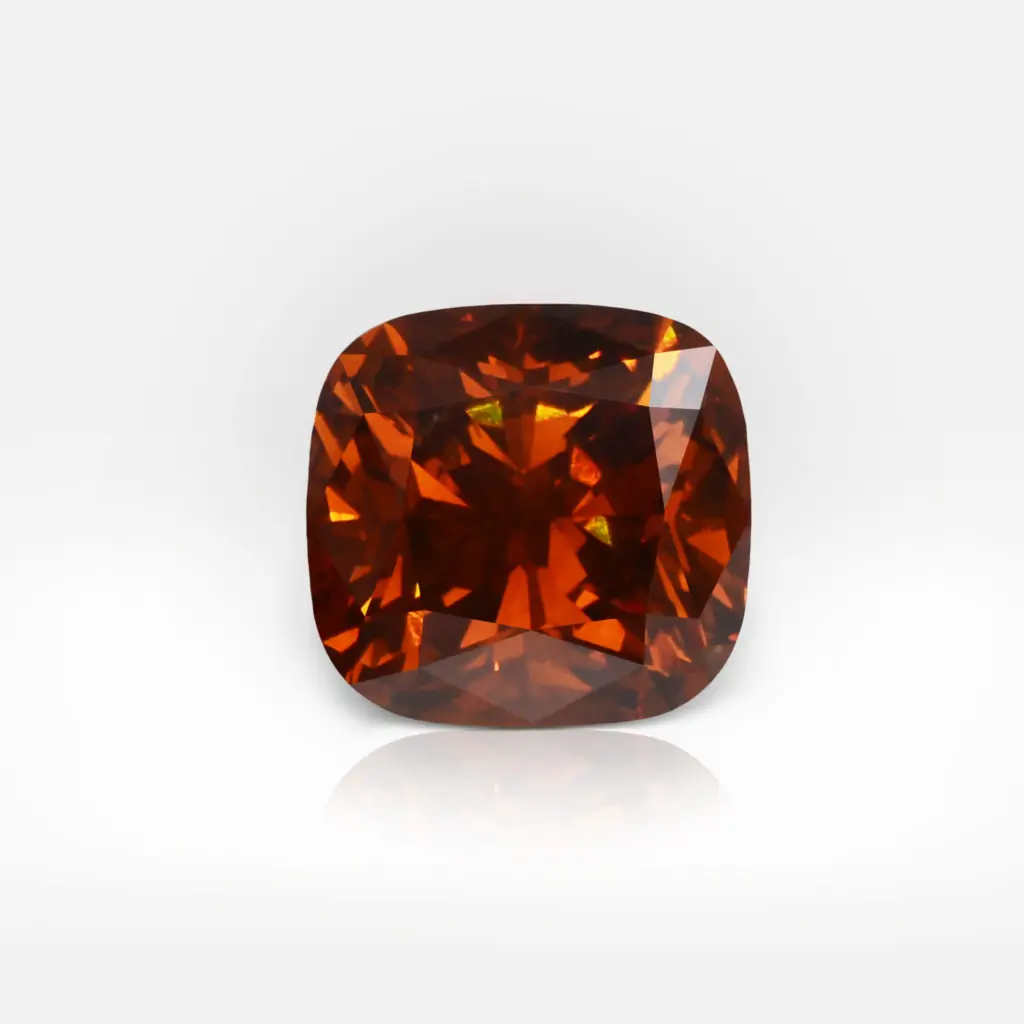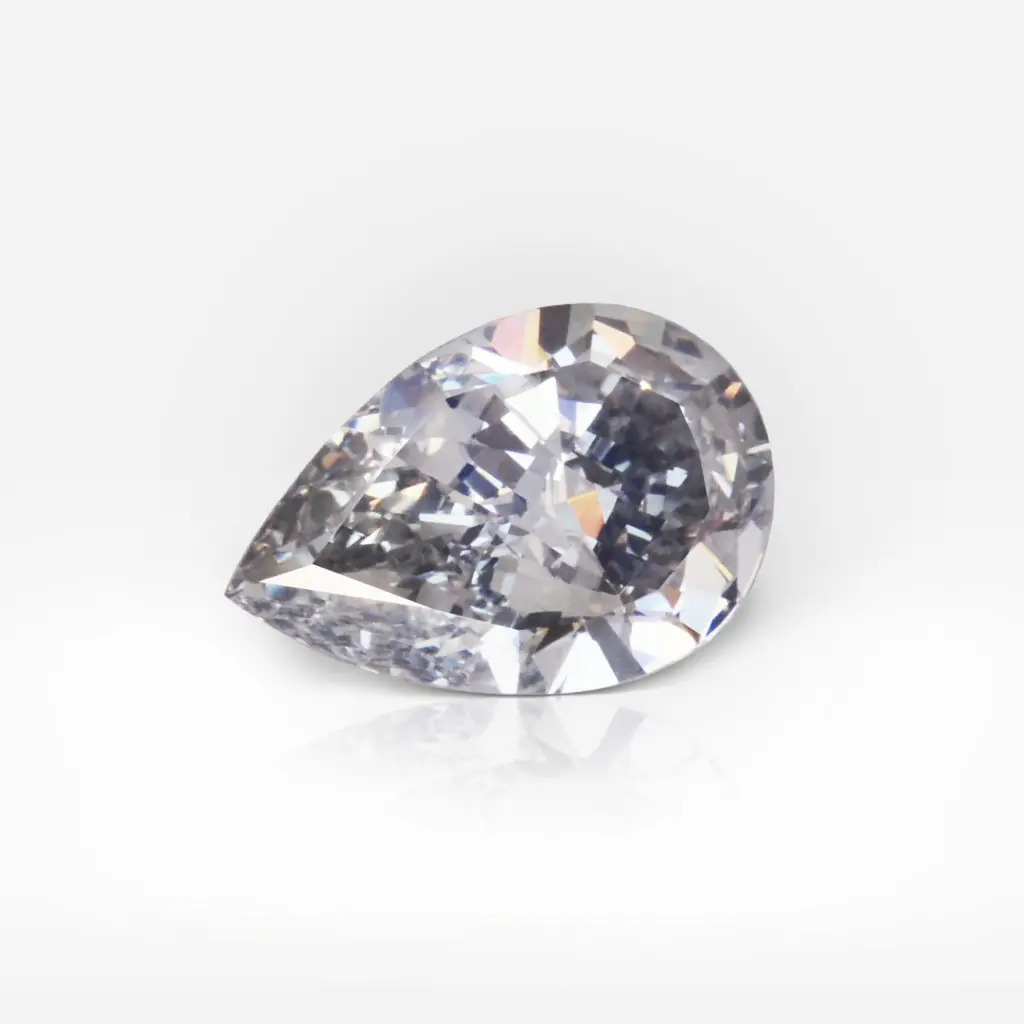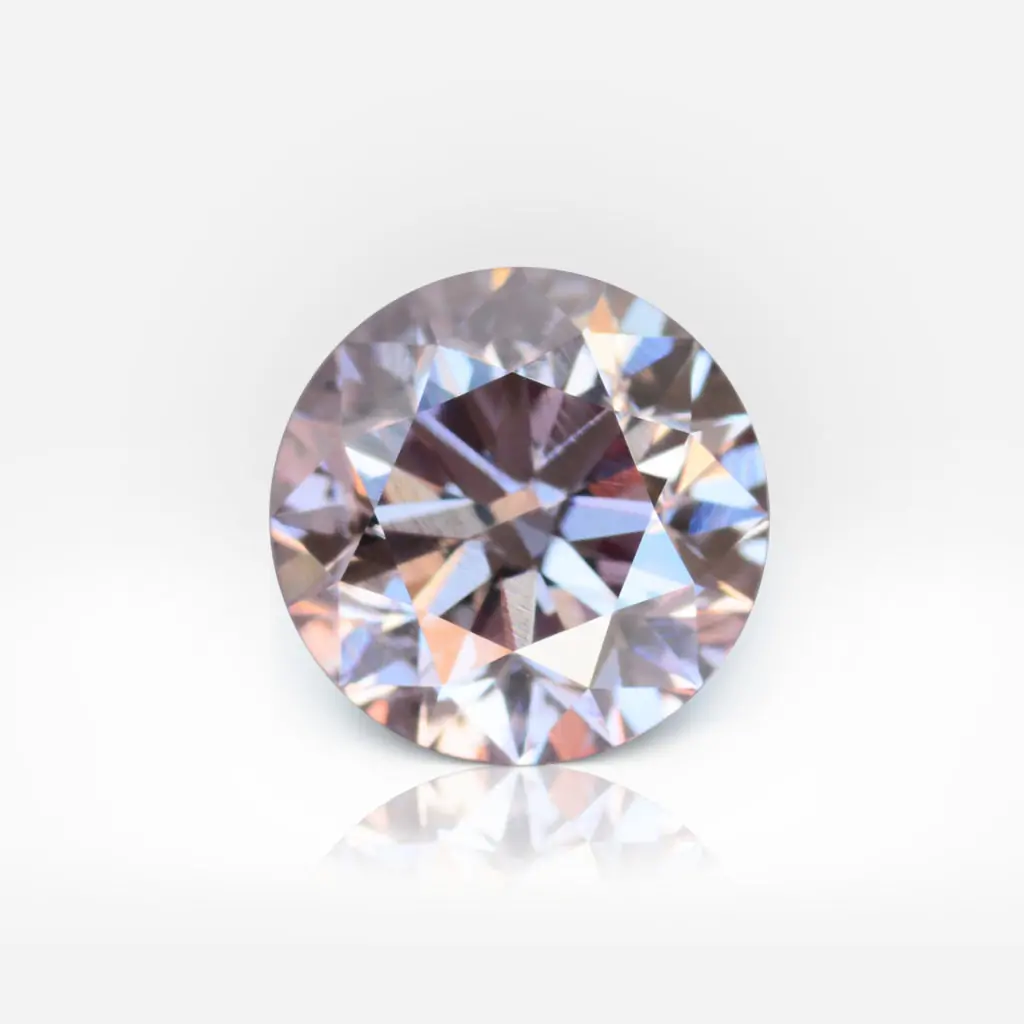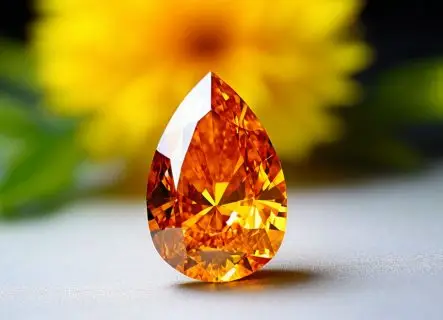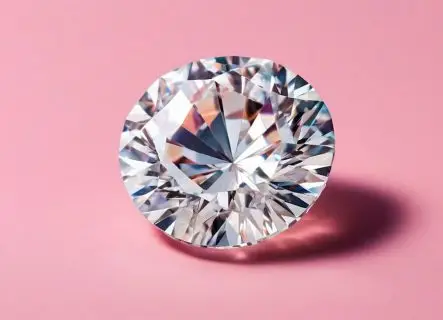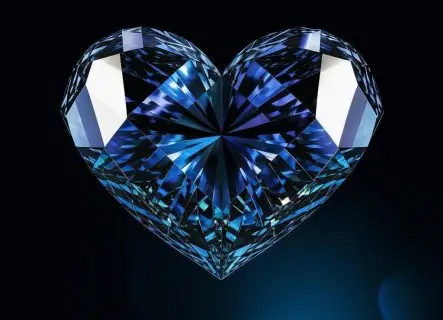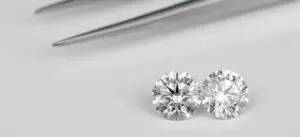
Not everything that shimmers is a diamond.
When purchasing a diamond, it is important to make sure that it is exactly what it appears to be. Being a layman in gemology, it is possible to take other, often artificial stones – like a moissanite or a cubic zirconia – , for a real diamond. Also, white sapphires, topazes and spinels are often mistaken for diamonds. They may be a good alternative for diamonds, but their value, price and characteristics are strikingly different.
Not to get confused, read our practical guide on how to distinguish real diamonds from fake ones.
There are several basic tips to get started: first of all, buy diamonds from trusted sources. Secondly, always ask for a diamond certificate. Finally, while buying, inspect the diamond carefully.
Loose vs Mounted diamonds
A few more words before we begin. Keep in mind the difference between loose and mounted diamond. The first one is a stone that has not been mounted in any setting. Such loose stones are easier to test.
Mounted diamonds present greater difficulties, since mounting can hide scratches and cracks. It also visually changes the reflection of light in a diamond, making it difficult to determine the gem’s real color and clarity.
Thus, buying a mounted diamond, it is better to ask the jeweler to remove the stone – in order to inspect it separately.
Home testing: 9 methods
Is it possible to understand that the diamond is real by eye? Can we test it’s authenticity at home?
Let’s say one important thing right away: no single at-home test should be regarded as conclusive. It is better to trust the experts – professional gemologists will definitely determine if your stone is real using their experience and professional equipment.
However, if you want to test the gem by yourself and have fun, here are a few ways.
Water test
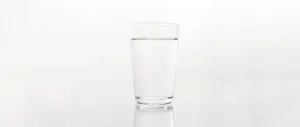
It is one of the easiest ways to examine your stone. Fill a transparent glass with water. Then drop the stone into it. If the diamond sinks, it is real. If it floats on the surface, the stone is fake. This test demonstrates high density of real diamonds.
However, this examination is far from conclusive: not all fake diamonds float in water.
Fog test

Hold a stone between two fingers and fog it up with your breath. If the fog dissipates right away in a few seconds, the diamond is real. If it takes more than three seconds for the fog to disperse, you’ve got a fake stone. The reason for this is that diamonds effectively conduct and therefore disperse heat quickly.
Dot test
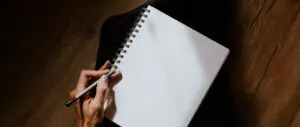
Draw a small dot on a white piece of paper. Then lay the stone onto the dot with its flat side down. Through the pointed end of the diamond, look down onto the paper. If you cannot see the dot, the diamond is real. If you see some circular reflection inside the gem, it is fake.
A real diamond has strong refractive qualities, so light will bounce in different directions instead of a straight line. This is why you won’t be able to see a dot through a real stone.
Newspaper test
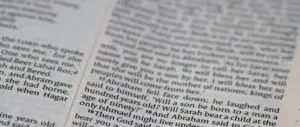
This verification method is similar to the previous one. Put your stone flat side down onto a newspaper’s page or on a page of a book. Ensure that nothing is casting a shadow on the gem. If it is possible to read the letters – even if they are blurred – the diamond is fake. If the letters are so blurry and indistinct that it is simply impossible to read them, the stone is real.
Magnifying glass test
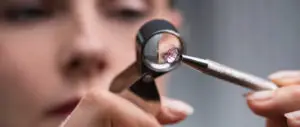
Take a magnifying glass and look at your stone through it. Do you notice any imperfections? If not, do not rush to rejoice. This does not mean that your diamond is perfect. Most likely, it means that it is a fake (or lab-grown, or very-very pricey). Normally, most natural diamonds have flaws.
However, some natural diamonds can be flawless – so, do not use this method as the determining factor.
Sunlight test
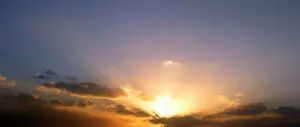
This test is based on the diamonds’ high reflectivity. The real stones reflect white light, colored light or fire extremely well. They demonstrate an exceptional sparkle and brilliance.
Be very careful: bring your stone under the sunlight. Pay attention to the light reflecting off a stone. Do you notice bright shimmers and reflections in various shades of gray? If the answer is yes, then your diamond is real. Otherwise, it is not.
UV light test
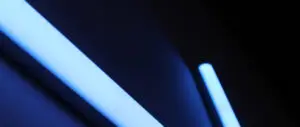
Most diamonds demonstrate blue fluorescence under the UV or black light. So, if you notice any medium or strong blue shades – your gem is a real diamond.
However, there is a catch: lack of blue light doesn not necessarily mean that the stone is fake. Some diamonds do not fluoresce under UV light. Moreover, today fake stones can be “doped” – treated so that they glow under UV light when they otherwise would not.
Heating test
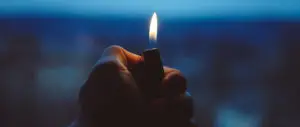
Use a lighter to heat up a diamond. After 30 seconds of heating, drop the stone into a glass of cold water. Such a sharp change in temperature leads to instant expansion and compression of the material. If your stone has not shattered into pieces, it is a real diamond. This test demonstrates the stone’s incredible strength. If it crumbled, it is fake.
Mount checking test

If you have acquired a mounted diamond, then look at the type of the mount – it should be high-quality. Natural diamond will most likely not be framed with cheap metal.
Check the markings inside the mount: if you see 10K, 14K, 18K, 585, 770, 900, 950 numbers or PT, Plat – it is a good sign, meaning platinum or gold was used. If you notice the “C.Z” marking, the gem is cubic zirconia. Moreover, if you see the 925 markings for silver or the Argentium Silver, your diamond is most likely fake.
Bonus: scratch test
Some time ago, this was the most common test that determined the authenticity of a diamond. Considering that diamond is the most durable material, it was customary to scratch the mirror with it – and then check whether there were scratches on this reflective surface and whether the stone itself was damaged. However, today such diamond substitutes as cubic zirconia or moissanite are also very durable. Thus, this test cannot guarantee accuracy.
Only professionals – experienced gemologists – can make an accurate conclusion.
Professional testing: 5 methods
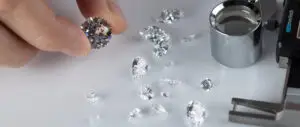
For a more accurate and detailed conclusion, it is worth contacting professional experts. They determine if a stone is genuine using various technical tools.
Loupe test
A loupe is used to see the stone’s blemishes and imperfections. Fake diamonds are usually perfectly constructed, while the real ones possess natural imperfections.
Weighing test
A high profile weighing is used to compare a stone to the fake one of approximately equal shape and size. The weight of a natural diamond will be lower than the one of a fake stone. However, not any professional carate scales are able to detect such a slight difference.
Thermal conductivity test
Experts use a thermal conductivity probe or meter to determine conductivity of a gemstone. Real stones are effective heat conductors – they disperse heat as soon as they are warmed. If it takes time, the gem is fake.
Electricity conductivity test
This method – based on the usage of an electricity tester – checks whether your stone conducts electricity well. Natural diamonds conduct it better than other gems.
X-ray test
Special x-ray machines define if the stone has a radiolucent molecular structure or a radiopaque molecular structure. These complex terms and concepts are understood, of course, by professionals. It’s worth remembering that diamonds are radiolucent while fake stones have radiopaque features.
Diamonds and their most popular alternatives
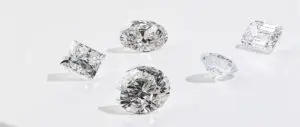
How to spot gems that look like diamonds? There are five gems that most often pretend to be diamonds. Here is their list – recognize and remember them!
Lab-grown diamonds
These substitutes are difficult to distinguish with the naked eye. The situation is further complicated by the fact that they have similar chemical and molecular components to natural diamonds.
That is why it is especially important that such gems are tested by experts with sophisticated equipment: for example, a conductivity test can conclusively determine their nature.
Lab-grown diamonds are much more affordable, however they do not command the same value in re-sale market.
Moissanite
Here again, the help of an expert will be required. One of the best tests for moissanite is electrical conductivity. Professionals also have a so-called combined diamond/moissanite tester.
Just to know: moissanite sparkles a little more than a diamond. Directing light through this stone, you will see more colorful and intense shining than though a diamond.
Cubic Zirconia
This alternative, on the contrary, is easy to determine: cubic zirconia reflects orange light, weighs more than a natural stone and does not have any imperfections or inclusions. All this clearly indicates its fake nature.
White Sapphire
Although White Sapphire looks stunning, it does not possess the diamond’s sparkle and brilliance. What is more, it does not have any visible contrast between dark and light parts.
White Topaz
White Topaz demonstrates relative softness: using a loupe, you will see scratches on its surface. Natural diamonds will not have any of them.
Price for real diamonds
Asking this question to a gem dealer or a jeweler, you are likely to put them at a dead end. And it’s not that they are poorly versed in the diamonds market. The fact is that the price of natural diamonds is formed depending on a number of factors.
Most likely, you’ve heard of the 4C? It is the global standard for describing and evaluating diamonds. 4C stands for four criteria: Color, Clarity, Cut and Carat weight. All these characteristics estimate a stone’s quality and affect its price.
For example, the size of diamonds does not always matter. A stone with a lower weight, but with a rarer color, will cost more than a more common stone of big weight. A classic white diamond, for example, may cost less than an unusual blue one, and pale yellow is seriously inferior in price to fancy vivid yellow diamond.
As you can see, pricing in the diamond market is a subtle art that takes into account many factors. And this is another argument in favor of seeking advice and help from professionals.
Subscribe to discover the world of diamonds and gems. And If you have any questions, please let us know.


